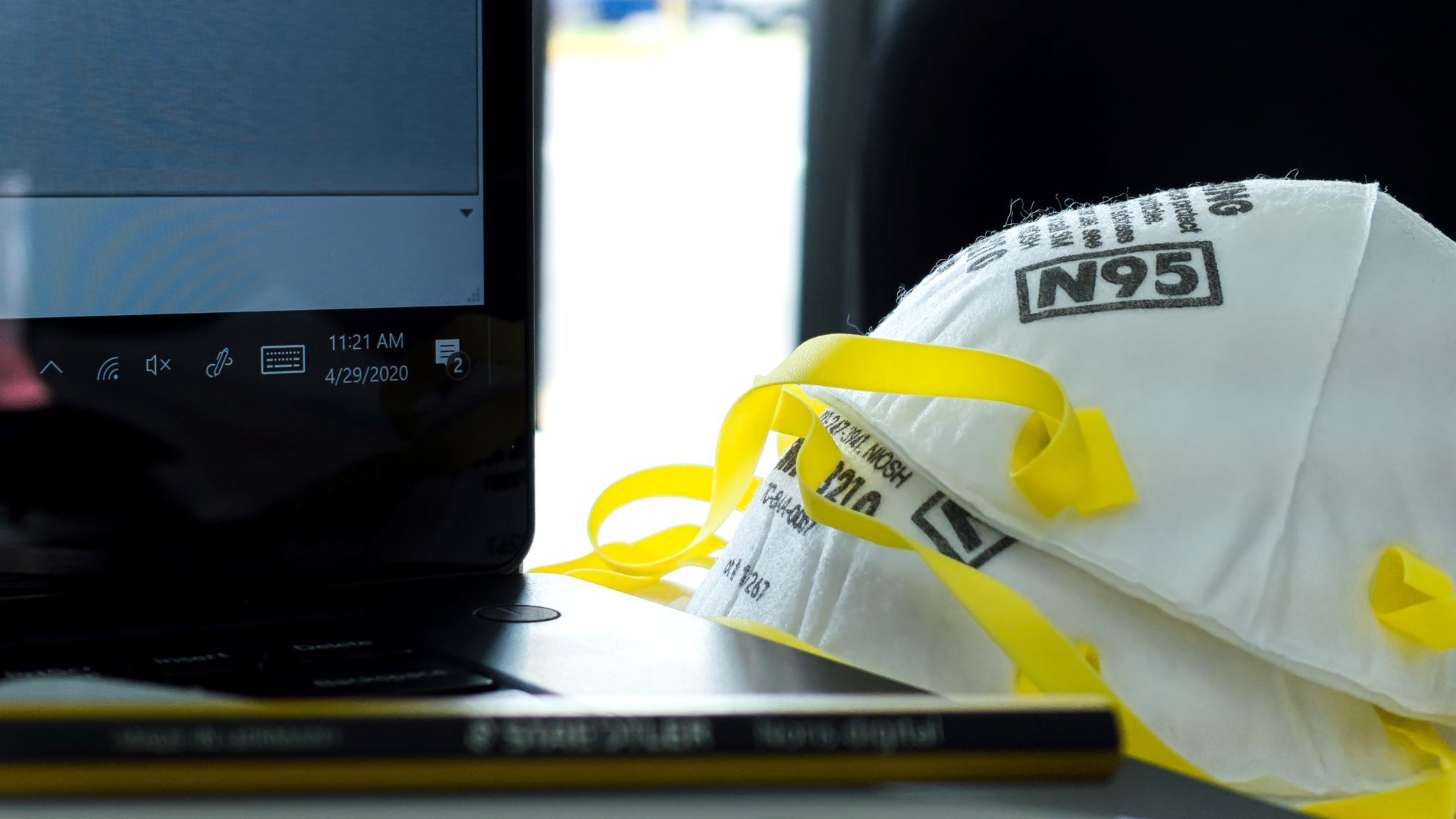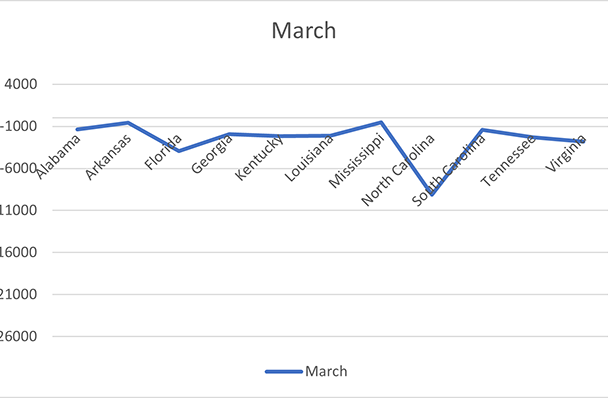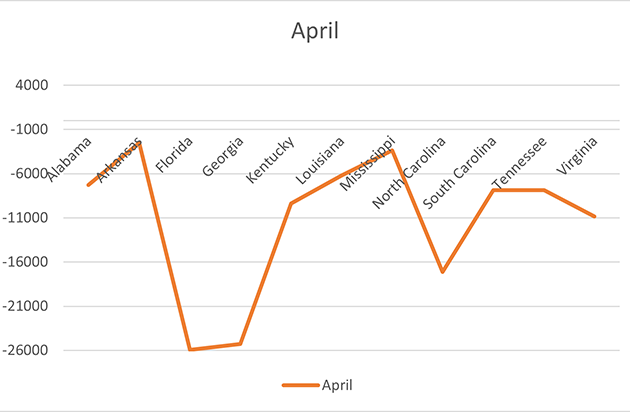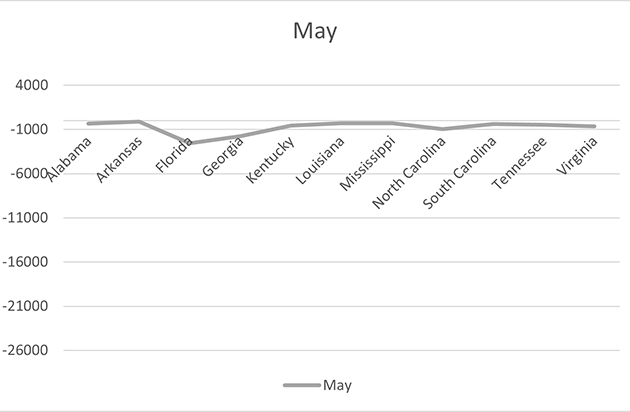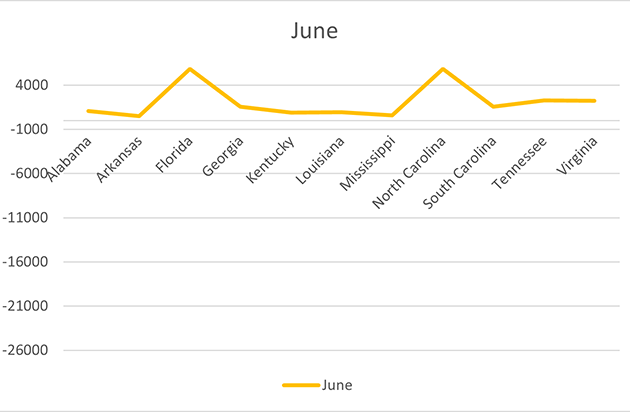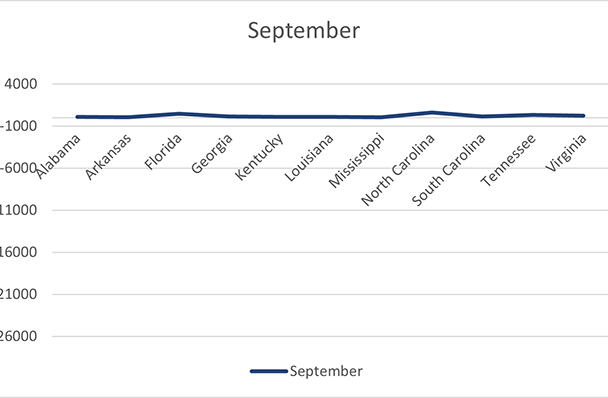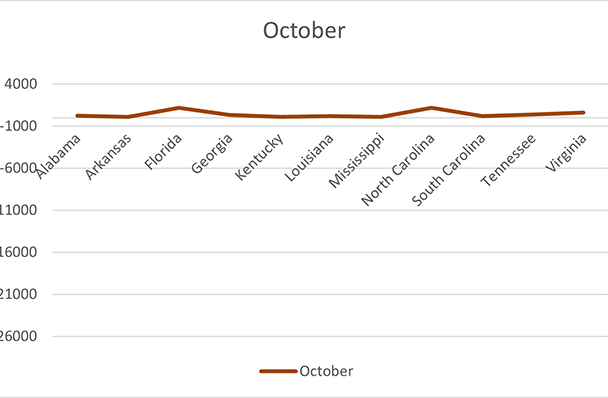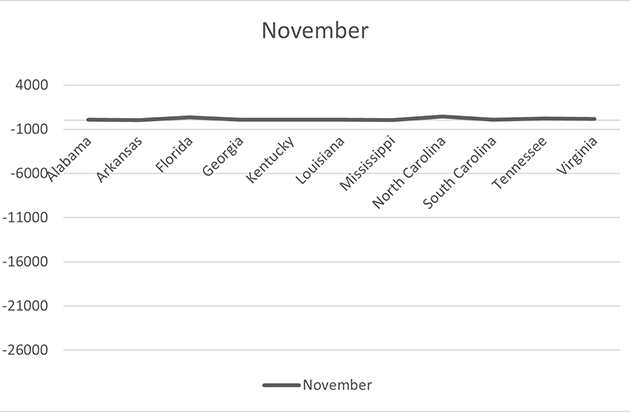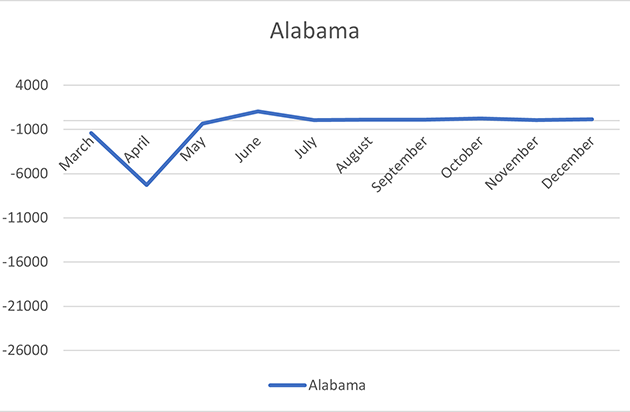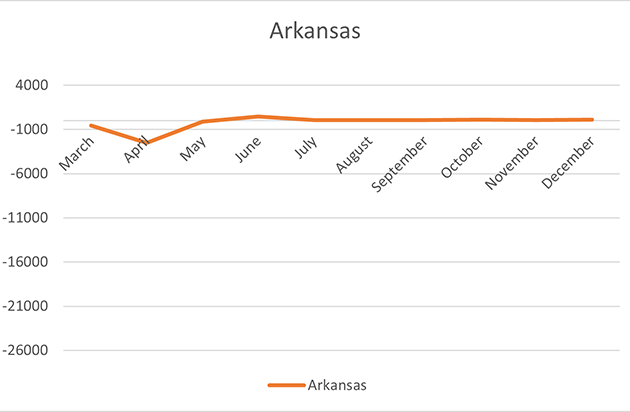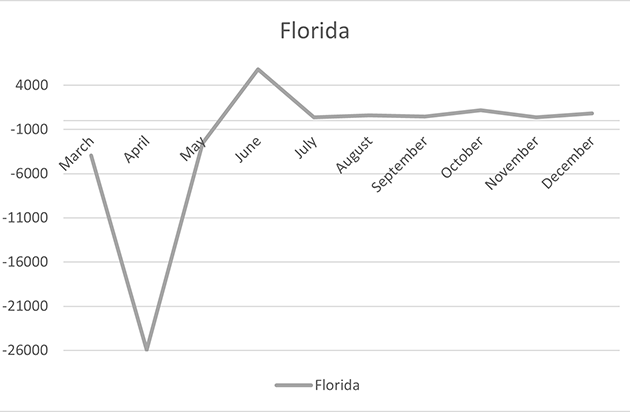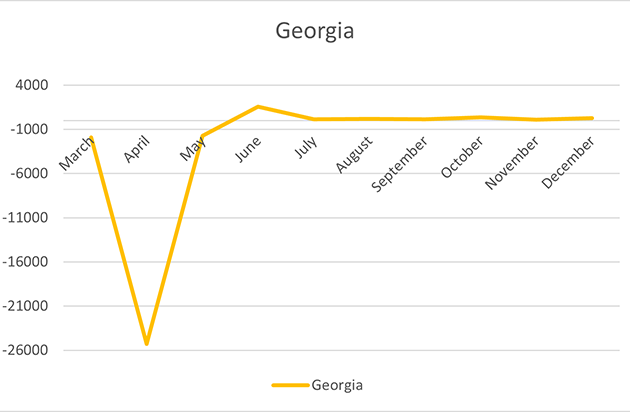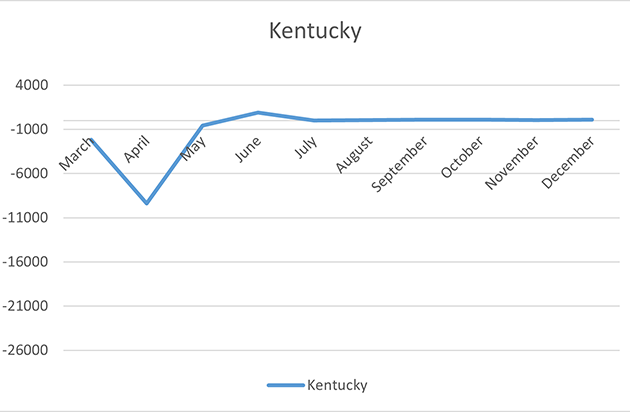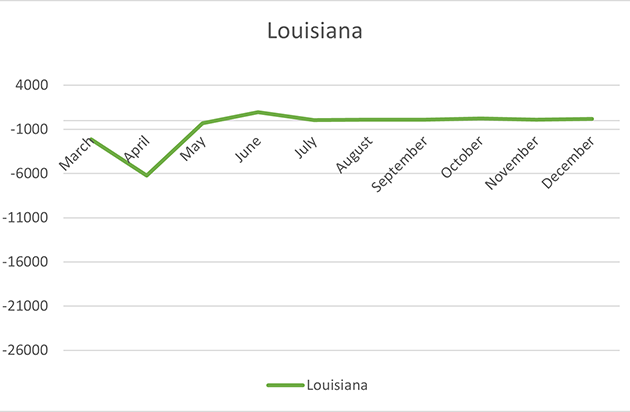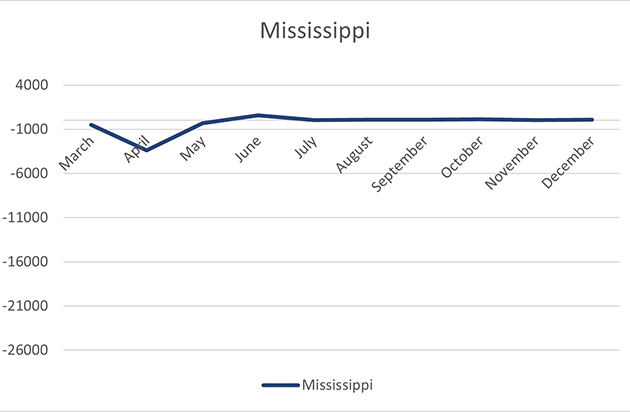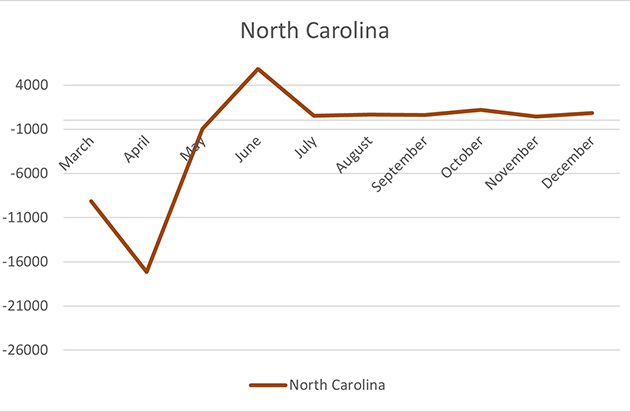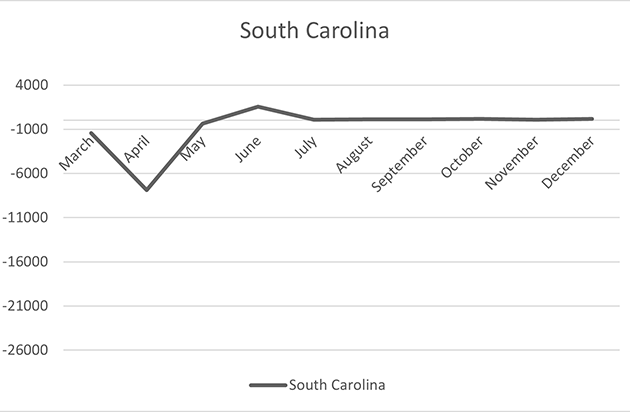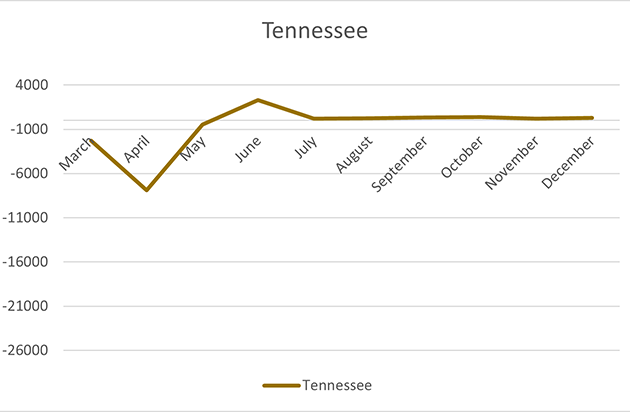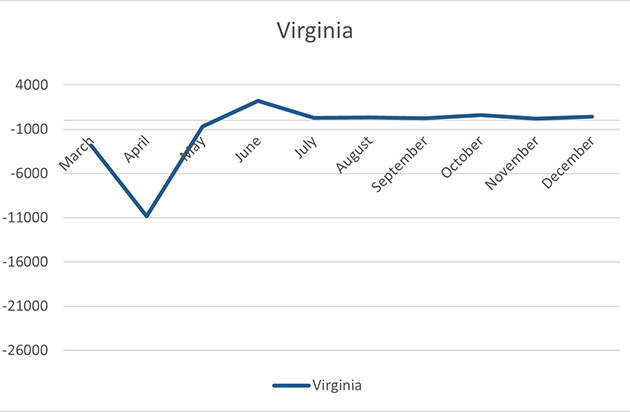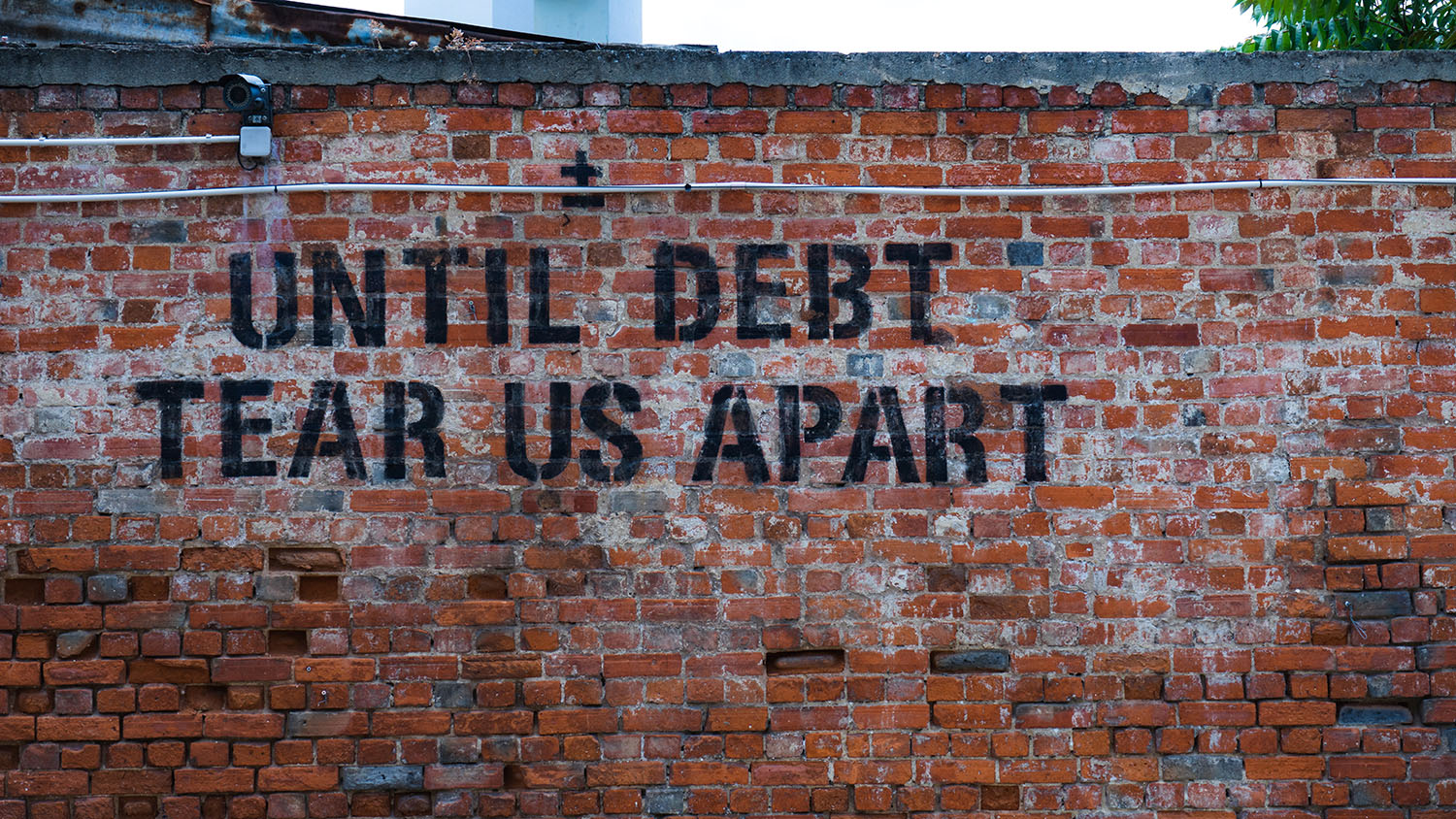Category: Equity
All the places we’ll go – clean cars, trucks, buses, and jobs!
Anne Blair
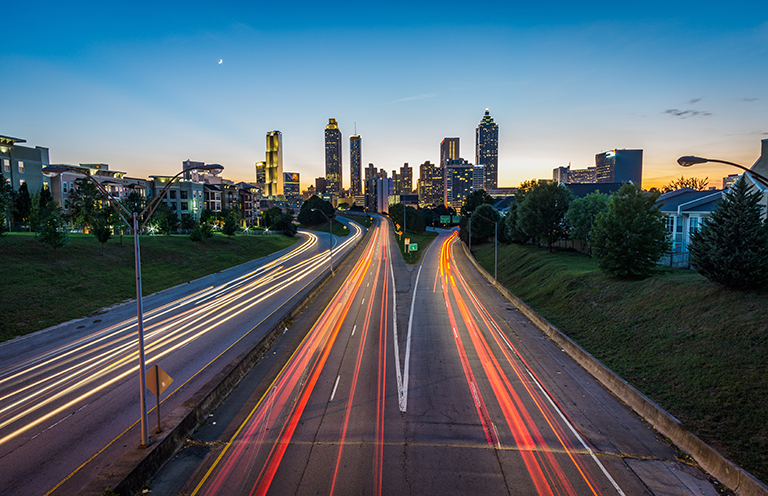
America loves to drive. There are nearly 280 million vehicles on the road and the average person drives around 13,500 miles a year. The demand for transportation accounts for $1.9 trillion, or 9.1% of the GDP. We spend more money on transportation than we do on education ($1.4 trillion [6.5%]) and nearly as much as we do on food ($2 trillion [9.4%]). Our car-loving culture and transit-driven economy comes at a price beyond what we spend on vehicles and the gas that powers them. Our current system’s focus on personal, internal-combustion engine vehicles for every American was fueled by the creation of the interstate highway system in the 1950s and ‘60s. That sweeping infrastructure investment came at the expense of downtown, majority Black communities, and reliable mass transit systems in most American cities. Currently, just 3% of the trips Americans take are by mass transit.
Transportation is also the largest source of greenhouse gas emissions in the United States. Those emissions contribute to a warmer climate, higher rates of heat-related and respiratory illness, more severe weather, and sea level rise among other things. These factors increase the cost of healthcare, insurance, and housing. In the Southeast, the impacts of climate change are more disproportionately felt in low-income and Black communities. These neighborhoods are often bordered by transit corridors and lag in green infrastructure compared to wealthier or white counterparts.
Even accounting for emissions created by generating electricity, plug-in electric vehicles (EVs) are still three times cleaner than comparable gasoline-powered vehicles. However, there are only 1.8 million EVs currently registered in the U.S., representing less than 2% of all vehicles on the road. The U.S. market share of EVs is a fraction of the Chinese market and China has eight times as many charging points for EVs than America. With strategic investment, the U.S. has an opportunity to lead in EV manufacturing, infrastructure, drive down the price of EVs, increase demand, and create jobs.
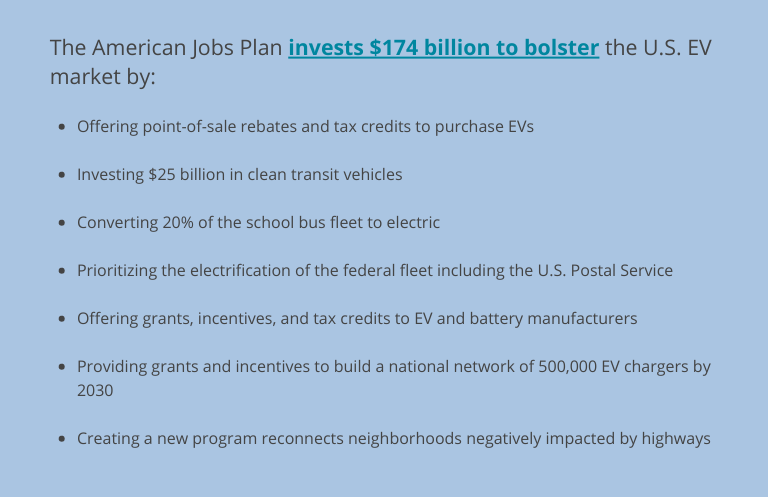
The American Jobs Plan proposes expanding availability and access to energy efficient transportation by investing in a strong domestic supply chain for EVs and parts, growing the market for EVs, building a national network of charging infrastructure, creating an equitable and modern public transit system, and reconnecting communities that were purposefully divided by highway projects.
In the Southeast, EVs are revitalizing existing manufacturing infrastructure by adapting operations, or inviting new business. Blue Bird is making electric school buses in Fort Valley, GA; SK Innovation is building two battery facilities and just announced a joint venture with Ford Motor; Mercedes-Benz announced its Tuscaloosa County plant will start producing electric SUVs in 2022; Schnellecke Logistics Alabama is adding a new warehouse and jobs to support Mercedes-Benz; in Spring Hill, TN, GM is transitioning its existing plant to build electric vehicles and recently announced Ultium Cells LLC, a joint battery cell venture with LG Energy Solution; battery maker Microvast is building a new factory in Clarksville, TN; Sese Industrial Services is adding a new plant to their operations in Chattanooga, TN to make axle components for the Volkswagen EV line; and in the Carolinas, Arrival is building a headquarters and two microfactories to produce electric delivery vans.
The increase in EV production, in response to growing sales, requires charging infrastructure to match consumer demand. In addition to the upfront cost, range anxiety remains one of the top reasons people and businesses are hesitant about switching to EVs. Federal efforts, like the Department of Transportation’s intention to build charging infrastructure throughout the National Highway System provide a solid start to the transition away from fossil fuels towards a more efficient, and cleaner transportation future.
The American Jobs Plan breaks with precedent not only by not encouraging any expansion of the existing road network, but alternately proposing more modern and affordable public transit and rail, road safety measures for pedestrians, and reconnecting neighborhoods historically harmed by highway projects. A more reliable and resilient energy infrastructure that supports electrification also will decrease emissions in communities disproportionately impacted by transportation pollution while also reducing our sensitivity to market volatility, offers new opportunities in utility services, and provides storage capacity for renewable energy that can keep people safe in the face of disaster.
The powerful combination of consumer demand alongside federal policy focused on electric transportation has the potential to transform our communities into healthy places to live and work, gives us more efficient ways to connect with one another and in more ways, and lays a foundation for healthier communities for all residents in the Southeast and nationally.
Pursuing more equity in energy efficiency programs in the Southeast

SEEA’s approach to realizing a more efficient Southeast has grown in depth and reach in the eight years I’ve been with the organization. Our work increasingly spans a broad range of topics that are tied together by the aspiration for all people in the Southeast live and work in healthy and resilient buildings, utilize clean and affordable transportation, and thrive in a robust and equitable economy.
In May, we wrote about the game-changing potential of the American Jobs Plan. In addition to recasting the way we think about community, the plan includes a strong focus on providing opportunity for all Americans and to make amends for historic inequities built into the infrastructure of our country.
Last week, I had the pleasure of sharing how SEEA is thinking about its own contributions to a more equitable Southeast at the NEUAC 2021 Annual Conference. Our journey started at the tail end of our role in administering $25 million in funding from the American Recovery and Reinvestment Act in 2013 but I’m going to fast forward to last year.
Like many organizations, SEEA felt an urgency to accelerate and deepen its work on racial justice and energy equity issues in the summer of 2020. In partnership with TEPRI, SEEA published Energy Insecurity in the South which illustrates the deeply rooted connection between historic racial and economic inequities and the region’s current struggle with energy burden, and Energy Insecurity Fundamentals for the Southeast, which further defines the multiple dimensions of energy insecurity, including energy burden.
Energy insecurity is pervasive, particularly in the Southeast. More than a third of the region’s population has trouble paying their energy bills. The Southeast has the lowest electric rates in the contiguous United States, but the highest residential bills.
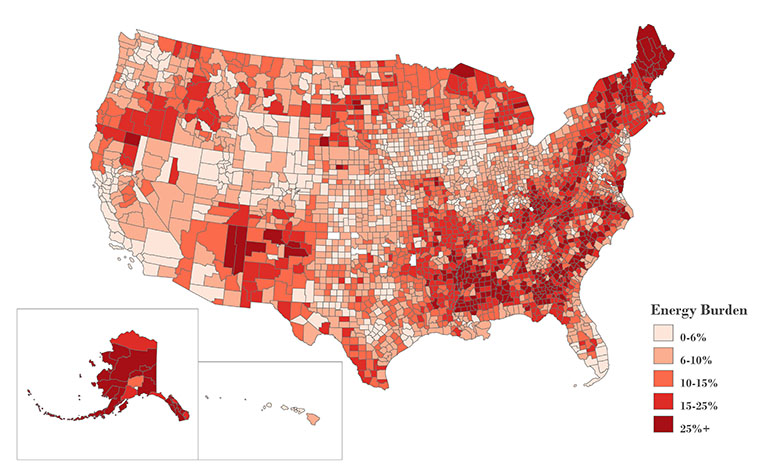
Housing segregation, or redlining, which led to disinvestment in communities of color, still shapes access to affordable energy in the South. Neighborhoods that were historically segregated often experience high levels of energy burden today.
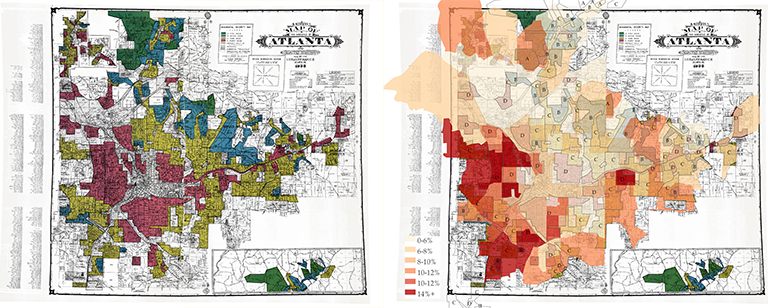
So how does this relate to energy efficiency? At SEEA, we’re exploring how energy efficiency can relieve energy insecurity and provide other benefits such as improved health outcomes through better indoor environmental quality. The next step is to determine how to get energy efficiency to those who need it most.
I have sat in hundreds of hours of meetings collaborating with utilities and regulators to develop energy efficiency programs that serve the utility’s customers. In that time, I have witnessed utilities and regulators express more interest in improving energy efficiency programs for low-income customers and growth in program size and sophistication.
Through our work, we have learned that focusing on “low-income” is often a proxy for addressing equity. As SEEA confronted the reality of racial injustice, we learned about the history as well as the breadth and variety of challenges experienced by communities that have faced systemic discrimination. In Atlanta, the median energy cost burden is 32% higher for Black households and 52% higher for Hispanic households compared to white households.
Simultaneously, we learned about how to think about equity. Our understanding will continue to evolve, but for now we use the following dimensions of equity:
Procedural equity, or that all affected communities have a voice in the decision-making process;
Distributional equity, or that programs are designed to equally distribute its benefits and burdens to the entire community; and
Intergenerational equity, or programs that consider how future generations will be impacted by the decisions being made today.
We then began to think about where equity starts in the energy efficiency program development process. We focused on regulated investor-owned utilities (IOUs) because of their more mature and consistent approach. Program development begins with evaluating energy efficiency potential and setting a spending or savings target. After analysis and design, the programs are deployed, evaluated, and the cycle repeats. Many utilities periodically conduct energy efficiency potential studies to determine how much cost-effective energy efficiency is available in their service territory and for which customer classes.
In the first stage of energy efficiency program development, analyzing factors including, but not limited to, customer segmentation, housing type, language spoken in the home, and ethnicity shed light on the program’s equity. This analysis evaluates how different customers perceive and participate in energy efficiency programs, or its distributional equity. For example, rebate-based programs often exclude customers who either cannot afford upgrades or are renters who do not have control over upgrades to their homes.
We can address distributional equity through procedural equity. If representatives from the communities being served have the opportunity for their voices to be heard during program development, the program has a higher chance of reaching more customers in those communities. Finally, as the Energy Insecurity in the South StoryMap illustrates, are decision makers accounting for structural and transgenerational inequities?
During a virtual SEEA member meeting we held last year to discuss long-term innovations in energy efficiency programs, we heard emphatically that, “energy efficiency needs more teachers!” Meaning, when programs and the people that deliver those programs don’t listen to the experiences and circumstances of the people they serve, those programs will reach fewer customers. When programs are delivered by contractors who are trained to listen to the needs of the customer, establish trust, and guide them through the process, programs are much more sustainable and successful.
Lastly, what indicators do we use to measure success, and how does equity factor into that evaluation? SEEA is currently developing a data collection and stakeholder engagement plan that will shape a guide to help decision makers at commissions and utilities consider equity throughout the energy efficiency program development process and develop approaches that meet their particular needs.
Energy efficiency is an evolving set of solutions that expands alongside our individual and organizational capacity for empathy. The Southeast has the greatest opportunity for growth in energy efficiency and an opportunity to ensure that prosperity reaches everyone.
We’ll continue to keep our members informed as we make progress in this area, in the meantime, please contact Cyrus Bhedwar, director of energy efficiency policy, with any questions or feedback.
Energy efficiency for all – the opportunity ahead
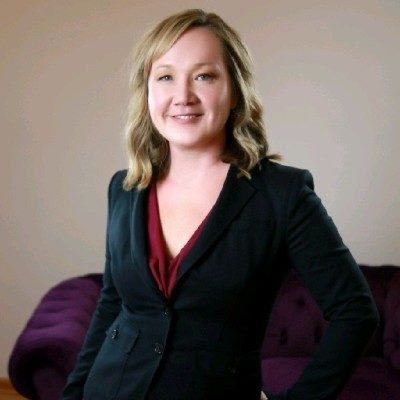
While I officially started working at SEEA on April 26, I have had the pleasure of working with SEEA staff and board members for more than ten years. The team’s dedication to realizing a more energy efficient Southeast that benefits all people has long inspired my curiosity and pushed me to expand how I view energy efficiency solutions. The team has consistently worked to understand the utility landscape and bring together leaders, advocates, and businesses to address the region’s most complex energy problems.
I sometimes hear the argument that energy efficiency is no longer relevant, that all the proverbial sockets have been plugged. However, energy efficiency is an evolving set of solutions that can offset the impact of a warming climate and I believe we are far from maximizing its many benefits. In Atlanta, the median energy cost burden is 32% higher for Black households and 52% higher for Hispanic households compared to white households. Energy efficiency lifts people out of poverty and contributes to a thriving, equitable economy in the Southeast. It is our single greatest resource in addressing the effects of climate change and the disproportionate energy burden costs for low-income and non-white households.
Our region’s health and housing issues can be mitigated through energy efficiency. Energy insecurity affects 35% of all homes in the South, and 7.5 million households have received utility disconnection or stop service notices. Residents in energy insecure homes, particularly children, are at higher risk for chronic illnesses like asthma that can be made worse by pests, moisture, and thermal distress. Lack of access to healthy, affordable homes is rooted in racist housing segregation and voter disenfranchisement, which still shape the region’s energy and housing sectors. Weatherization programs, along with updated energy codes for new construction as well as existing buildings keeps housing affordable, safe, and healthy for all communities, regardless of income.
Energy efficient transportation is also a powerful resource in combating the harmful effects of vehicle pollution. It reduces the outsized impact of poor air quality on low-income communities and communities of color. To counteract the historic inequities in transportation infrastructure, everyone must be included in the decision-making process to find ways for the energy and transportation sectors to create more affordable and accessible mobility options. Through education, collaboration, and promoting a diverse array of perspectives we can create wide-reaching policy that benefits all people who live in the Southeast.
Energy has become a necessary requirement of our modern lives. The fear of being without energy services keeps many people up at night, whether it is families struggling to keep the heat on or braving the hot summer without air conditioning to cover food and medication costs. This fear was a reality of my childhood. It drives me to eliminate that worry for future generations and ensure that all residents in the Southeast live, work, and play in healthy, affordable, resilient buildings.
We are fortunate to be entering an unprecedented time to improve our infrastructure through strategic investments in energy efficient housing and transportation, expanding manufacturing, and creating a more diverse workforce. This investment marks a new era in American history, an opportunity to build systems that provide more wealth, better health, and stronger communities for all of us. Here in the Southeast, we have the greatest opportunity for growth and expansion in the country. I am personally inspired and eager to embark on this journey with the team at SEEA. Their passion, commitment to SEEA’s mission, and deep well of knowledge energizes me and gives me the determination to seek out new partners, better solutions, and a more prosperous South for all.
COVID-19 Resources
Our new COVID-19 Resources allows for more relevant and more frequent updates. You can access the original, archived resource page at any time.
We welcome your feedback and suggestions. Contact us anytime at [email protected].

Highlights
- The U.S. lost over 429,000 clean energy jobs from March to December, finishing 2020 with the fewest number of workers in the industry since 2015 It also marked the first year clean energy saw a decline in jobs over the previous year.
- Nationally, job losses in the clean energy and energy efficiency sectors increased 12% since the pre-pandemic era.
- 16,900 jobs were added nationally in December.
- Clean vehicles experienced ongoing job loss of 31,468 and recovered about 400 jobs.
- “Black and Hispanic workers continue to suffer from disproportionately high levels of unemployment overall, and Hispanic workers suffered increased unemployment rates in December. Women – particularly women of color – lost jobs in December overall while men gained jobs.”
- In December, the states with the largest gains, Texas, New York, North Carolina, and Florida secured more than 800 clean energy jobs
- “Over 40 states continue to suffer double digit job losses in clean energy with four states facing 20 percent or greater unemployment and one state, Georgia, facing 30 percent unemployment in the sector.”
- “The counties that suffered hardest as a percent of their workforce are Fulton County, GA; DeKalb County, GA; and Kern County, CA.”
Workforce Losses by Month (March – December 2020)
Workforce Losses by State (March – December 2020)
Related News
- EIA estimates in its Annual Energy Outlook 2021, that it will take 10 years for energy consumption from all energy sources to return to pre-pandemic levels.
- Bloomberg New Energy Finance and the Business Council for Sustainable Energy reports in the annual Sustainable Energy in America Factbook that although energy use dropped 3.8% overall, residential electricity use increased.


Highlights
- All eleven of the states in SEEA’s territory have resumed utility disconnections. Some commissions have restored winter disconnection moratoria to alleviate mounting customer arrearages.
- Customer arrearages or energy debt adds to a household’s energy insecurity. Energy insecurity is a key metric for understanding the inequitable distribution of the benefits and burdens of the energy sector to residents of the Southeast. Learn more about energy insecurity in our recent blog post, report, and storymap.
- NARUC has a new tracker following state responses to utility disconnections.
- NEADA tracks dates for COVID19 disconnection moratoria along side annual winter disconnection moratoria.
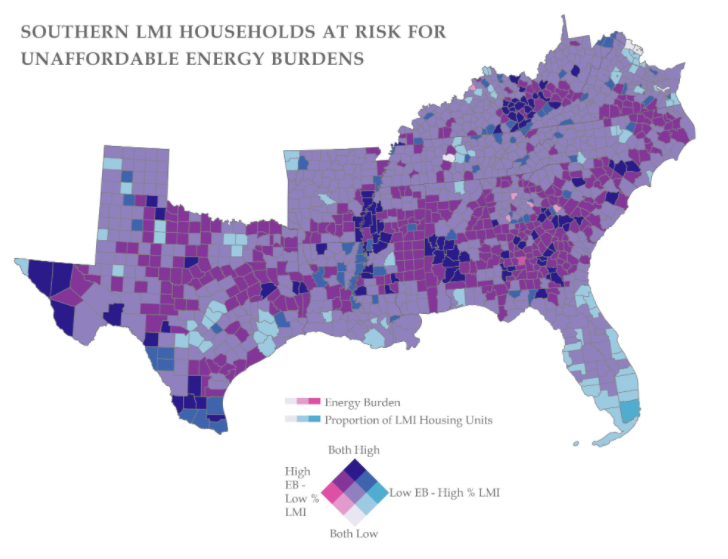
Related News
What is energy insecurity versus energy burden?
Last month, SEEA released our report, Energy Insecurity Fundamentals for the South. We believe using common metrics is essential to creating robust and prescriptive policies that address the multiple dimensions of energy insecurity.

Energy burden is one of the most common metrics used to measure the economic aspects of energy insecurity. Energy burden is a household’s residential energy costs, typically electricity, natural gas, or propane, divided by household income. The calculation should be based on annual income and cost data because of seasonal variations in energy use and income, especially for low-income households.
While energy burden can shed light on the financial aspect of energy insecurity, it does not provide a complete picture of how families manage their energy costs.
People who are unable to pay for basic energy needs such as heating, cooling, and lighting live in a state of energy insecurity. Energy insecurity highlights the many factors that influence energy access and affordability.
Energy insecurity is a key metric for understanding the inequitable distribution of the benefits and burdens of the energy sector on residents of the Southeast. Energy insecurity calls attention to the many factors that influence energy access and affordability. Age and quality of a residence, advanced building technologies, community health and air quality, economic burden, and behavioral coping mechanisms all contribute to energy insecurity. These multiple dimensions shed light on groups who are more at risk of becoming burdened by energy costs, customers who face disruption of energy services, and the unseen costs of energy in the Southeast.
Energy insecurity helps us better understand how the generation, transmission, and consumption of energy affects communities. We can also see how energy insecurity places residents at a higher risk for health and safety threats. This framework provides a broader perspective that encompasses a wide range of factors that influence energy affordability and access as well as the long-term impacts on utility customers. Effective programs to address the inequities in the energy sector must grapple with each of these causes to be successful.
SEEA’s ongoing research and policy and program creation is grounded in our organizational value to pursue equitable solutions within the Southeast energy sector. Understanding the root causes of energy insecurity in our region helps us discover policy and program pathways that lead to an equitable energy system. Pursuing equitable solutions in the building sector requires a deeper understanding of the historical and contemporary policies, practices, and data that have led to the inequities Southerners experience today.
Learn More
We are pursuing additional research, policy, and program work to achieve a more energy secure Southeast. These resources provide additional insight on energy insecurity in the Southeast:
- Energy Insecurity in the Southeast (StoryMap)
- Energy Insecurity Fundamentals for the Southeast (Report)
Questions? Contact Will Bryan or Maggie Kelley Riggins.
Our Top Energy Efficiency Stories of 2020
SEEA Staff

2020 was a year of firsts and hopefully some never-agains. We experienced the first global pandemic in over a century, grieved over the tragic consequences of systemic racism, and felt the uncertainty of a growing economic recession. The energy sector and the Southeast did not go unscathed. In this time of loss, we found resilience and a renewed purpose to bring our values into our work every day. These are the stories that kept us up at night, gave us hope, and reminded us that there is still work to be done.
Energy-Efficient Transportation
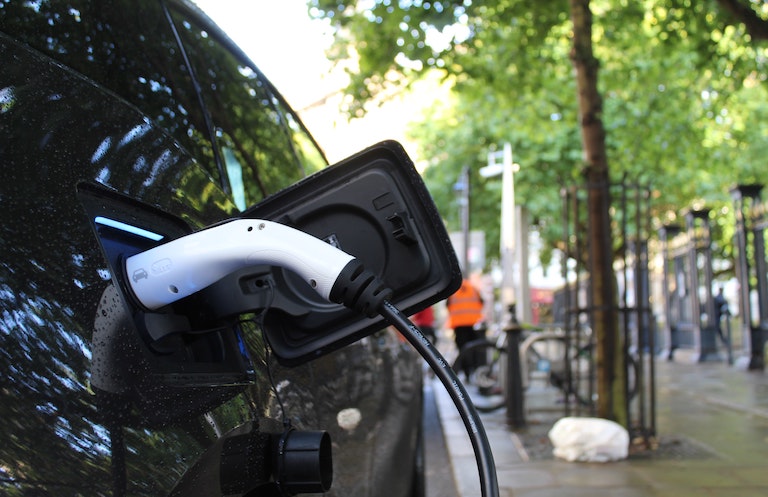
Electric vehicle (EV) infrastructure expanded throughout the Southeast in 2020. In North and South Carolina, Duke Energy Progress and Duke Energy Carolinas were approved to implement electric vehicle pilot programs that include the installation and operation of EV charging stations in public places and multifamily communities as well as publicly accessible fast-charging stations. The Florida legislature passed Senate Bill 7018, which paved the way for the development of a statewide electric vehicle infrastructure master plan. In December 2020, the Florida Department of Transportation submitted its draft of policy recommendations and is expected to complete the master plan by July 1, 2021.
EV manufacturing boomed throughout the region. Mercedes-Benz U.S. International has planned a new EV parts facility near Tuscaloosa, AL. GM announced plans to transition its existing assembly plant in Spring Hill, TN, to its third electric vehicle manufacturing plant in North America. Arrival, the U.K. electric vehicle startup, has chosen Charlotte, NC for its headquarters after announcing plans to build a microfactory in nearby Rock Hill, SC. These developments keep or create over 4,000 jobs in the Southeast and represent a $3 billion investment in local economies.
Energy Efficiency Policy

In spring 2020, the Virginia General Assembly passed and approved the Virginia Clean Economy Act (VCEA), requiring state utilities to produce 30% of their energy from renewables by 2030, close all carbon-emitting power plants by 2050, and attain mandatory energy efficiency savings targets. Additionally, the General Assembly made the Virginia Council on Environmental Justice a permanent advisory body to the executive branch, after operating on a temporary basis for nearly two years. The council will provide recommendations to protect vulnerable communities and integrate environmental justice into the state’s daily operations.
In 2019, four of the seven utilities subject to the Florida Energy Efficiency Conservation Act (FEECA) proposed reducing their energy efficiency goals to zero, or nearly zero, for the next decade. The Florida Public Service Commission (FPSC) rejected those goals and began to assess with state legislators how they might reform or reinterpret FEECA to improve energy savings. In early 2020, the FPSC opened docket 20200181 and requested commission staff to propose changes to the processes of setting goals and approving programs for energy efficiency. On January 14, 2021, policy director Cyrus Bhedwar participated in a workshop held by the FPSC on the FEECA revision process. The FPSC is accepting written public comments until February 15.
Both of these acts set the stage for decades of improved energy efficiency goals and clean energy standards, providing a healthier, more just future across the Southeast.
Built Environment
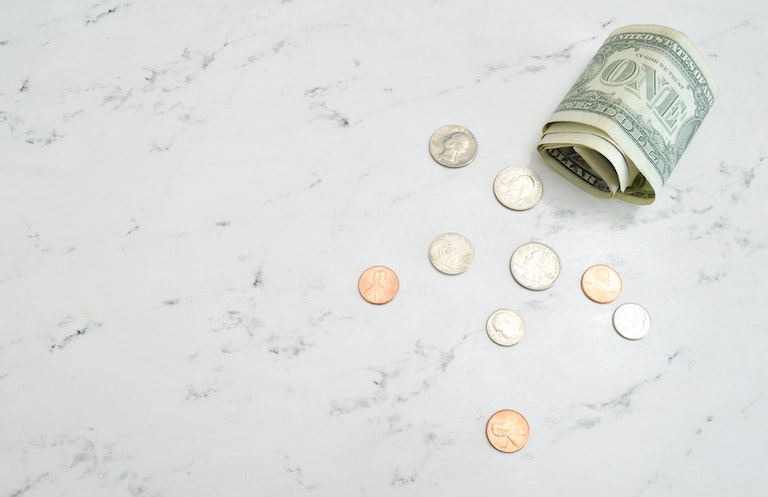
The onset of the economic recession caused by the COVID-19 pandemic revealed and made worse existing inequities in housing and energy for millions of Americans. In September 2020, research from Indiana University confirmed that energy insecurity, the inability to pay utility bills, is higher in households of color than their white counterparts. The American Council for an Energy Efficiency Economy (ACEEE) listed Birmingham, AL as the city with the highest energy burden and Alabama, Kentucky, Mississippi, and Tennessee the most energy burdened states in the country.
Because of this existing economic inequity, Black and Latino communities are most at risk for utility shut-offs. Access to electricity, gas, water, and broadband are all crucial to remaining healthy during a pandemic and sheltering at home.
2020 also affirmed that energy efficiency regulation works. An April FEMA study found that strong building codes, including energy codes, in Florida and California will save the country’s most disaster-prone states $1 billion annually. In its annual progress report, Department of Energy’s Better Buildings Initiative reported nearly $11 billion in savings since its inception a decade ago.
Diversity, Inclusion, & Integration

This summer there was a national calling to confront systemic racism and reform police practices. In the midst of this reckoning, private and public changes moved the region and the energy sector towards equity. In July 2020, Georgia Power’s Senior Vice President of Metro Atlanta & Corporate Relations Bentina Chisolm Terry took on an expanded role that includes Georgia Power’s work in underserved communities – people of color, the elderly, women, and LGBTQ+. In October 2020, Terry, and her colleague Latanza Adjei, Vice President of Corporate Services, were selected to the Atlanta Business League’s list of “Atlanta’s Top 100 Black Women of Influence.”
In August 2020, Department of Energy announced the first slate of Equity in Energy Ambassadors and Champions. The Ambassadors are responsible for leading efforts for ensuring diversity and equal access to energy. In Mississippi, residents overwhelmingly voted in the general election to remove Confederate imagery from the state flag. Similarly, Alabama voters approved an amendment that starts the process of deleting racist language from the state constitution inserted during the Jim Crow era.
While this work is not complete, these steps bend the arc of the universe just a bit more towards justice and equity.
How do listening and learning move us toward more equitable solutions?

“The utility sector needs more empathy!” Those were the words of one participant during a recent virtual SEEA member meeting hosted by our energy efficiency policy (EEP) team. The group was discussing future innovation in utility energy efficiency programs in response to COVID-19 safety precautions.
Since the onset of the pandemic, SEEA has been connecting with our members and partners to understand the impact of the immediate and long-term changes to the energy industry. Through this outreach the EEP team identified three key issues important to our network: energy efficiency workforce, energy insecurity, and utility energy efficiency programs. By this summer, we were starting to see and hear that utilities were likely to retain some of the changes they made to their utility energy efficiency programs including virtual audits, installation, and verification. Targeting and engaging customers remotely exposed existing challenges for historically underserved communities such as broadband access, lack of capital, and the need for innovative financing options.
On September 16, the EEP team brought together member utilities, service providers, and manufacturers to discuss industry innovations. The agenda included the design and delivery of energy efficiency programs, and how these changes might affect existing inequities.
What happened was far more interesting.
When policy manager Claudette Ayanaba introduced the equity discussion, the passionate response carried us in an entirely different direction than planned.
The route to equitably delivering the benefits of energy efficiency programs did not depend on innovation in technology, or insight drawn from the multiple crises we are currently facing. Instead, we heard a heartfelt urging for empathy and understanding.
Utility Energy Efficiency Programs Need Cultural Context
Most programs appear to be designed for “all” customers. However, when those doing the designing are predominately white and male, we cannot effectively capture or respond to the needs of historically underserved customers, which are most often minority communities. Enlisting a diverse workforce, particularly leadership, improves our ability to capture and integrate important factors into energy efficiency programs that equitably distribute their benefits. One member offered a specific and common example that a home with a hole in the wall won’t see meaningful results from a smart thermostat. While utilities can’t fix holes in the wall or other building conditions, designing programs that ignore these realities maintains a system of inequity.
Minority Communities Are Interested in the Environment and Conservation
Another member shared that Black, Hispanic, and other non-white communities have historically been perceived as less interested in energy and environmental issues, even though there is ample evidence to the contrary. If this belief is carried into the design of energy efficiency programs, even unconsciously, then those programs are less likely to benefit non-white customers.
Utilities Have Opportunities to More Holistically Engage Their Communities
One utility is helping Black families retain and manage their forest property, leveraging resources from the U.S. Endowment for Forestry and Communities. While it may seem unusual for a utility to engage in forestry, the utility has worked with landowners to develop microgrids on their farms, which supports the utility’s grid, reduces line losses, increases reliability, and spurs economic development in one of the poorest counties in the United States. The program treats past injustices, present inequity, and future opportunities for the entire community.
The Energy Efficiency Workforce Needs Teachers
Change may come from the top, but the contractors interacting with customers on a regular basis play a critical role in implementing the environmental, financial, and health benefits of energy efficiency. However, not all contractors are trained or encouraged to help customers understand and capitalize on the energy efficiency opportunities available to them. Taking time to listen to the needs of customers, establish trust, and lead them through the process for making upgrades improves program success and sustainability.
Building a more energy efficient, prosperous, and equitable Southeast requires all of us at times to be both teachers and students. We value and seek out your stories, your triumphs and challenges. We want to learn from our members, partners, and community-based experts on how we can work together to leverage energy efficiency for everyone.
Join us for an upcoming event!
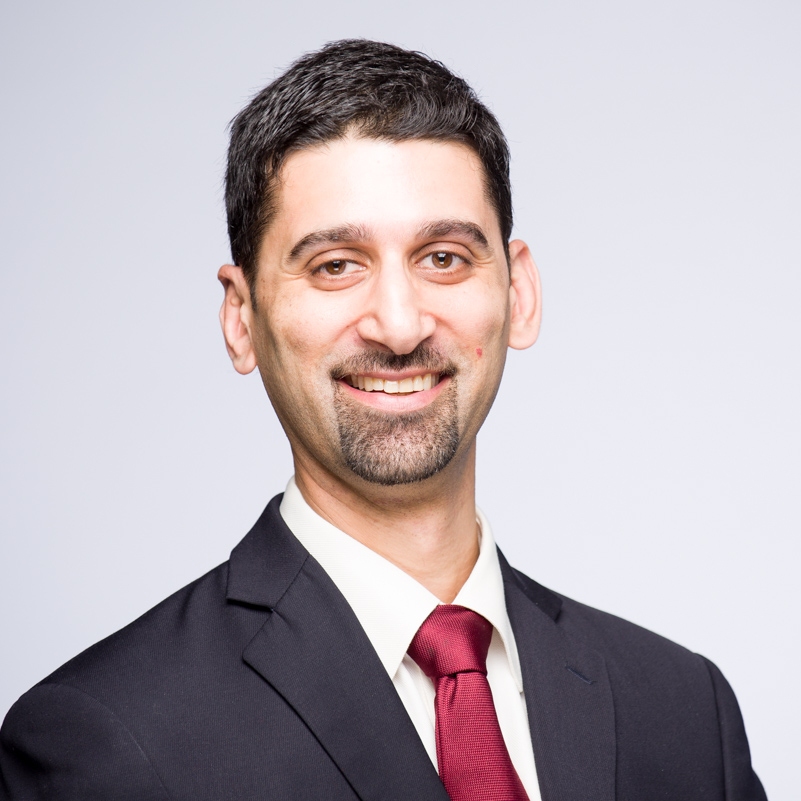
Cyrus Bhedwar Director of Policy Email Schedule a call View Bio
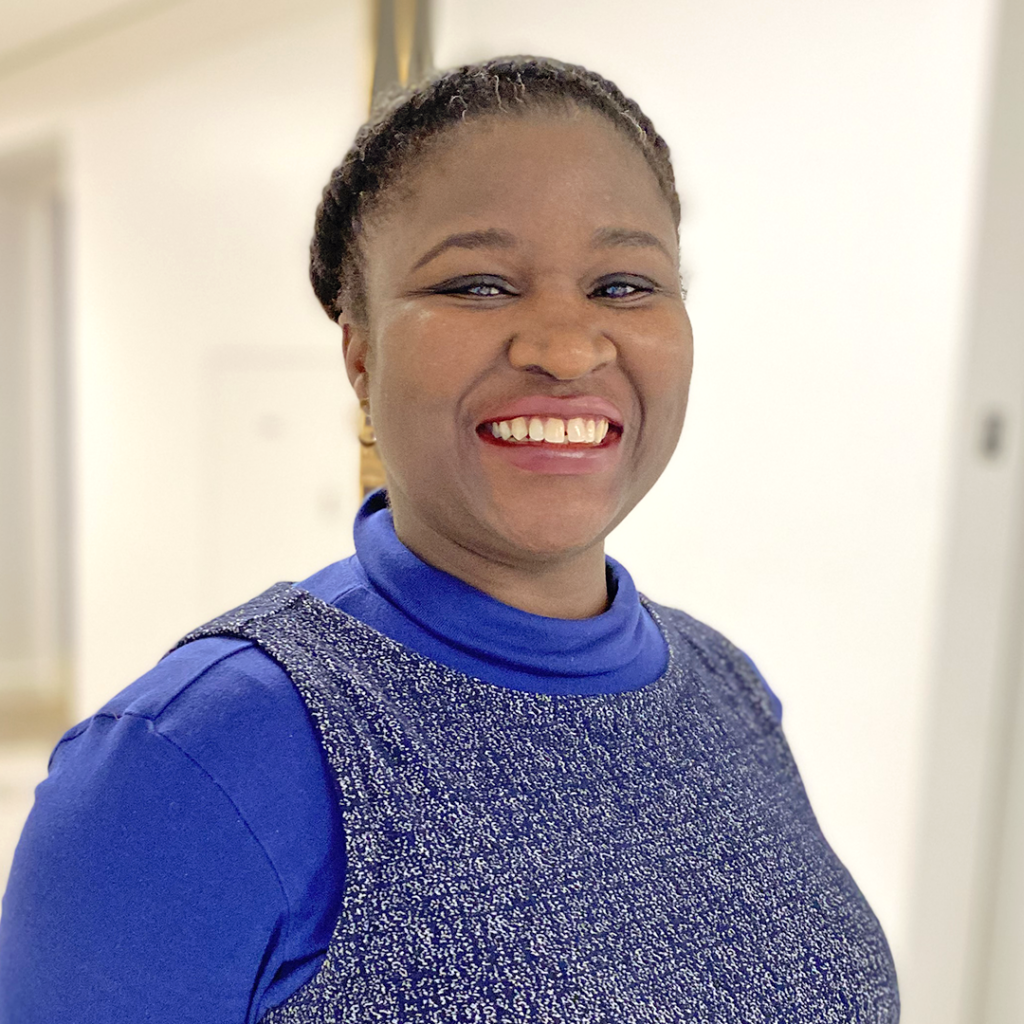
Claudette Ayanaba Policy Manager Email Schedule a call View Bio

Emme Luck Policy Associate


